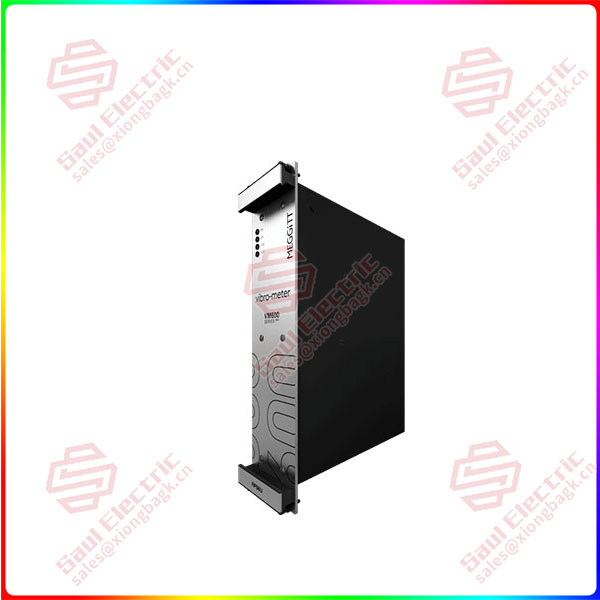The steady speed, precision and dexterity of robots are especially suitable for performing repetitive tasks, which are crucial to the development of the modern economy. Since the 1960s, robot technology has been gradually introduced into all walks of life. Today’s robots are versatile, welding truck bodies, picking items from abandoned warehouses, welding circuit boards, performing medical surgery, handling nuclear fuel, exploring distant worlds, and more than a thousand other tasks.
Grand View Research, an American analytical magazine, has valued the global industrial robot market at more than $26.5 billion in 2022 and forecasts a compound annual growth rate of 10.5% through 2030. While industry estimates vary slightly, there may be around 3 million industrial robots in operation worldwide, and Asian economies, notably Singapore and South Korea, have a very high density of robots. [Data source: International Federation of Robotics 2020 Report]
Fill the global skills shortage
The economic benefits and social value of robotic automation have never been greater. In the post-pandemic era, robots are helping to fill a shortage of skilled workers in a chronically tight global manufacturing workforce, now estimated at more than 10 million.

VM600 RPS6U
Today, robots are playing a key role in helping industries make their production more sustainable. The use of robots reduces the need for workers to commute daily, which in turn reduces the need for heating, lighting, air conditioning and social distancing in manufacturing plants and warehouses. The robot’s remote control capability also gives companies more flexibility to deploy people to the most convenient office location, such as different company locations, or completely off site when necessary.
Uninterrupted productivity
Robots don’t need weeks of on-the-job training to learn how to perform a series of complex tasks, and once they are put to use, they can produce fruitful results. It can perform tasks tirelessly, and even work 24 hours a day, 7 days a week if needed, to achieve the purpose of shortening the production cycle and maximizing productivity. It can be moved anywhere on the factory floor or in a warehouse, and can be switched between programming tasks instantly.
Robots can efficiently perform delicate or repetitive tasks in environments that pose a risk to human health and safety. It can handle pathogens and toxic substances without injury, and there is no need to reserve the spacing distance when manual operation, and more “workers” can be arranged on the same footprint, thus increasing the factory capacity and output accordingly.
 1 Year Warranty
1 Year Warranty





